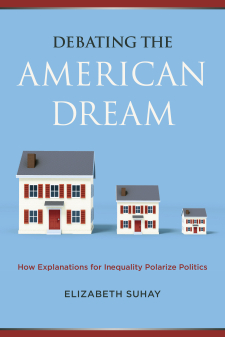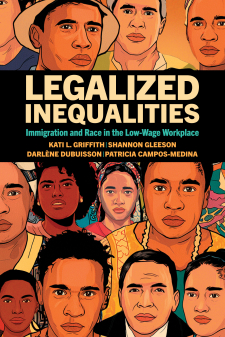Impacts of the Illinois Minimum Wage: Employment, Hours, and Labor Substitution in the Fast Food Industry
In 1994, David Card and Alan Krueger set off something of a firestorm in economics. In a study of employers in the fast food industry, they found that a minimum wage increase in New Jersey did not lead to employment cuts in the state relative to similar restaurants in nearby Pennsylvania. This defied the conventional economic wisdom, which argued that statutory increases in minimum wages would lead firms to cut costs by reducing employment. Since then, numerous economists have come forward, challenging Card and Krueger’s results using other data from New Jersey.
Elizabeth Powers, Joseph Persky, and Ron Baiman weighed in on the empirical argument with a new study of the employment/minimum wage relationship in Illinois and Indiana. A recent increase in the minimum wage rate in Illinois provides the researchers with the opportunity to replicate Card and Krueger’s study in a different place and at a different time. Powers and her colleagues previously surveyed 240 fast food restaurants on the Illinois-Indiana border. With funding from the Foundation, they conducted follow up studies and write up their results. They compared restaurants in the two states with regards to employment (hours worked, number of employees, and ratio of supervisory to non-supervisory staff), prices, and labor turnover rates. This allowed them to test several hypotheses that the data in Card and Krueger’s study could not answer, such as whether wage hikes led to decreased turnover, and therefore eased the burden on the restaurants’ wage bill.
- Powers, Elizabeth T. 2009. "The Impact of Minimum-Wage Increases: Evidence from Fast-Food Establishments in Illinois and Indiana," Journal of Labor Research Vol. 30 (4), pp. 365-394. (Gated)





